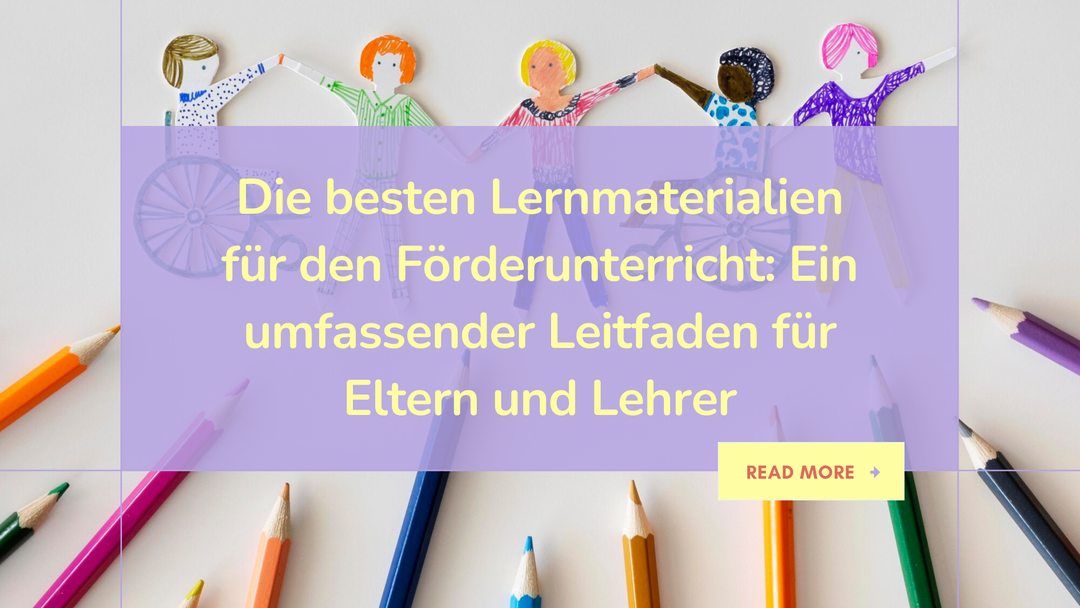The school subjects of tomorrow - Part 4: Music and rhythm
The activities which arouse not only interest but also enthusiasm in children are those which require the greatest accuracy from them. The more difficult something is, the greater the enthusiasm. Not even a very good teacher could draw such attention with all his experience. It is precisely this unconscious, creative state of mind that music and rhythm can evoke in our little ones.
As is well known, music welds together, influences our mood, intensifies feelings and can have a very relaxing effect. Children who learn an instrument such as guitar or piano at an early age benefit in many ways. Because music is not only good for the soul, it also has an extremely positive effect on the child's general brain development. Making music strengthens areas of the brain that coordinate our movements and control concentration. In addition, areas are addressed that are responsible for learning and memory processes as well as emotions and motivation. The disciplined learning of an instrument trains self-discipline, strengthens self-confidence and promotes the child's language processing. And the best thing is, the positive effects of making music continue to have an effect well into old age.
Only recently has it been possible to visualize rhythms in the brain in real time. The universal basic principle is rhythm in the cosmos as well as in our life. Our brain works simply because our brain activities produce rhythmic vibrations. They synchronize temporally distant areas with one another, exchange signals with one another and therefore form the basis of all brain functions such as attention, memory, sensory perceptions or decisions. If the brain gets out of rhythm, you get sick.
Maria Montessori once put it this way: “Everyone has their own rhythm, as individual as the shape of their body. Changing it causes suffering. "
Musical and scientific delicacies:
- When making music as well as listening to music, countless endorphins are released. These endogenous happiness hormones are also produced by eating, exercising, sex and through drugs, among other things.
- When children listen to music, the information is first processed in the brain stem. The music only penetrates consciousness when the stimuli reach the auditory center. Only then can instruments or voices be distinguished.
- "It is strange, but from a neuroscientific point of view everything suggests that the most useless achievement that humans are capable of - and that is undoubtedly the carefree, unintentional singing - has the greatest beneficial effect on the development of children's brains" - Prof. Dr. Gerald Hüther.
- The connection between the right and left hemispheres of the brain is more powerful in musicians. There is also more gray matter in areas that promote motor skills as well as auditory and spatial-visual perception.
With our wooden toys we would like to make a contribution to promoting the rhythmic-musical development of your child. Our maracas rattle, for example, helps to learn to grip, sharpen the imagination of movement and make various sound experiences.







Leave a comment